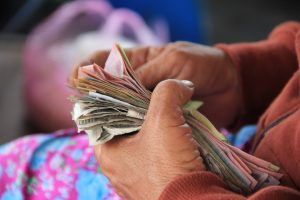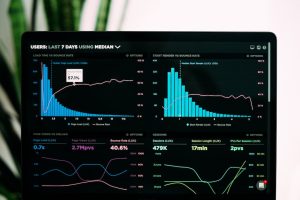Forex trading, also known as foreign exchange trading, involves buying and selling currencies with the aim of making a profit. The forex market is the largest financial market in the world, with a daily trading volume of over $5 trillion. Forex traders use leverage to increase their potential profits, and one common measure of leverage is a ratio of 1:300. In this article, we will explain what 1:300 in forex means and how it affects traders.
Leverage in Forex Trading
Leverage is the use of borrowed money to increase the potential return on investment. In forex trading, leverage allows traders to control larger positions with a smaller amount of capital. For example, with a leverage ratio of 1:100, a trader can control a position of $100,000 with a deposit of $1,000. This means that for every $1 of the trader’s capital, they can control $100 of currency.
The concept of leverage is attractive to forex traders because it allows them to increase their potential profits. However, leverage also increases the potential risk of loss. If the trade goes against the trader, they can lose more than their initial investment. Therefore, it is important for traders to understand the risks associated with leverage before using it in their trading strategy.
What is 1:300 in Forex?
A leverage ratio of 1:300 means that for every $1 of the trader’s capital, they can control $300 of currency. This is a high level of leverage, and it is not suitable for all traders. It is important to note that the higher the leverage, the higher the potential risk and reward.
Using the same example as before, if a trader has a deposit of $1,000 and a leverage ratio of 1:300, they can control a position of $300,000. This means that a small movement in the currency pair can result in a large profit or loss.
Advantages and Disadvantages of 1:300 Leverage
The main advantage of 1:300 leverage is the potential for higher profits. With a small amount of capital, traders can control a large position and potentially make a significant profit. This can be especially attractive to traders who are looking to make quick profits.
However, the main disadvantage of 1:300 leverage is the potential for higher losses. If the trade goes against the trader, they can lose more than their initial investment. This can lead to margin calls, where the broker will require the trader to deposit more funds to cover the losses. If the trader is unable to deposit more funds, their position may be closed out, resulting in a loss.
Another disadvantage of 1:300 leverage is that it requires a higher level of skill and experience. Traders who are new to forex trading may find it difficult to manage the higher risk associated with this level of leverage. It is important for traders to have a solid understanding of risk management before using high levels of leverage.
Conclusion
In conclusion, 1:300 in forex refers to a leverage ratio where for every $1 of the trader’s capital, they can control $300 of currency. This level of leverage can result in higher profits, but it also increases the potential risk of loss. Traders should have a solid understanding of risk management before using high levels of leverage in their trading strategy. It is important to remember that leverage is a double-edged sword, and traders should use it wisely to avoid significant losses.






